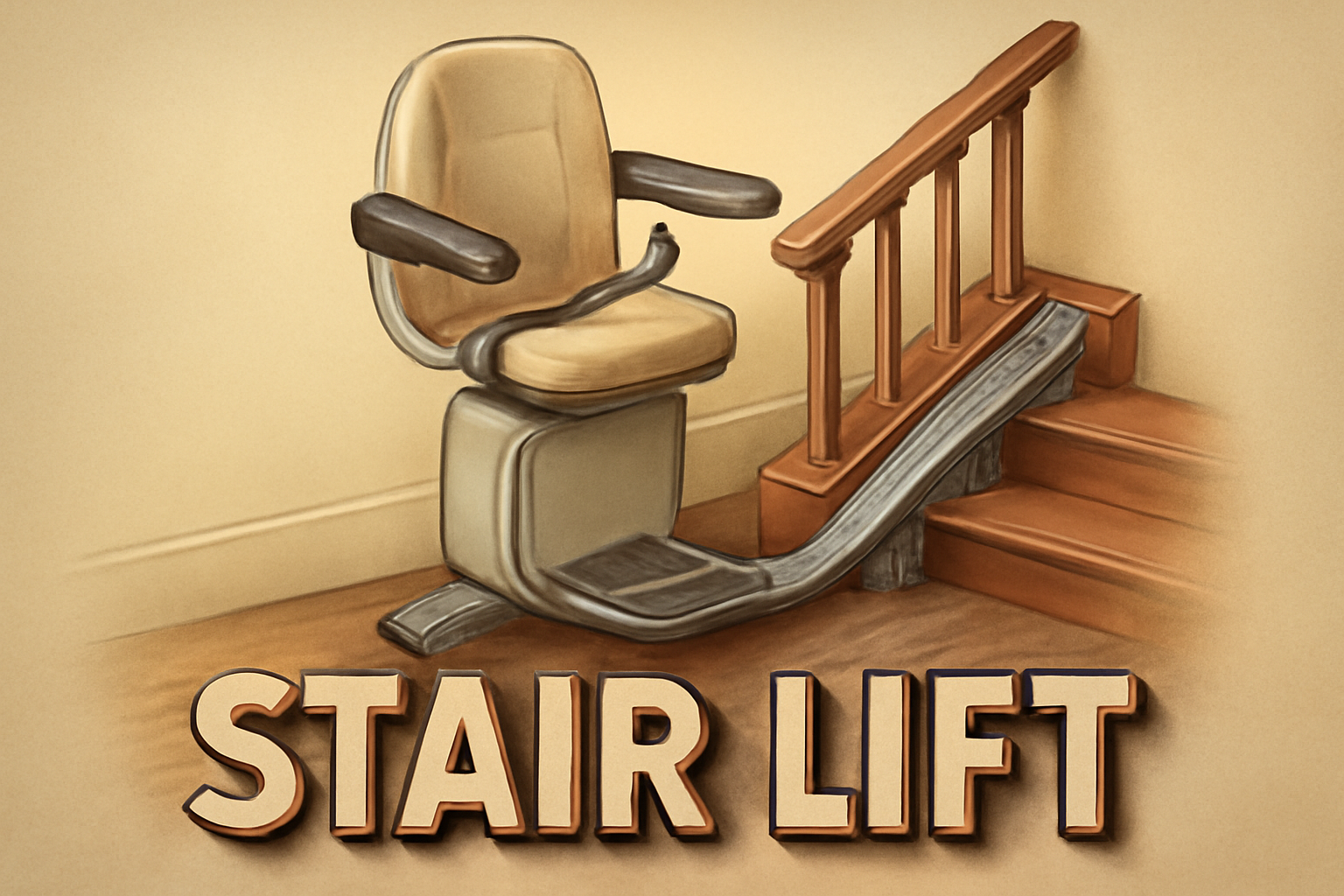Stair lifts are essential tools that help many Americans maintain independence and safely navigate multi-level homes. As technology advances, new trends are emerging in the stair lift market for 2025, offering improved designs, smarter features, and increased accessibility. Here are seven stair lift trends that are poised to transform home mobility solutions in the near future.

1. Sleeker and More Compact Designs
Modern stair lifts are becoming less bulky and more aesthetically pleasing. Manufacturers focus on slim rails and foldable seats that take up minimal space on stairs, preserving room for other household members. This shift allows stair lifts to blend seamlessly into homes without obstructing foot traffic or compromising décor.
2. Enhanced Safety Features
Safety remains a top priority. New stair lifts incorporate advanced sensors that detect obstacles on stairs and stop the lift immediately to prevent accidents. Improved seat belts, swivel seats for easy exit, and soft start/stop motors provide a smoother, safer ride.
3. Customizable Options for Various Stair Types
Whether the staircase is straight, curved, or even outdoor, today’s stair lifts come in tailored solutions. Custom rails and weatherproof materials allow homeowners to install lifts that fit unique layouts, including spiral staircases and open risers, expanding accessibility options for diverse homes.
4. Battery Backup and Power Efficiency
Power outages can pose risks for stair lift users. To counter this, many models now feature battery backup systems that ensure continued operation even during electricity loss. Moreover, new energy-efficient motors reduce power consumption, making stair lifts more eco-friendly and cost-effective to run.
5. Smart Controls and Remote Operation
Technology integration is advancing with wireless remotes and smartphone apps that allow users or caregivers to operate the stair lift remotely. These smart controls simplify usage and enable better monitoring of the lift’s status, including battery levels and maintenance alerts.
6. Improved Comfort and Ergonomics
Seats are now designed with enhanced padding, adjustable armrests, and footrests, prioritizing user comfort during rides. Ergonomic designs reduce strain on the body, making stair lifts more inviting for regular use.
7. Increased Focus on Accessibility and Inclusivity
Manufacturers are designing stair lifts with diverse user needs in mind, including those with limited upper body strength or mobility restrictions. Features like joystick controls and automated seat adjustments help a wider range of individuals gain safe, independent stair access.
Why These Trends Matter for Americans
Stair lifts offer more than just mobility—they provide independence and safety for seniors and those with physical challenges. The 2025 trends reflect a focus on blending function with modern style, making stair lifts easier to use, more reliable, and better suited to individual home environments.
With customizable options, users no longer face limitations based on stair type or weather conditions. Battery backups address power concerns, while smart controls and improved ergonomics boost convenience and comfort. These advances help stair lifts remain an invaluable resource for aging in place and accessibility.
Conclusion
As stair lift technology evolves in 2025, these seven key trends highlight the market’s shift toward smarter, safer, and more comfortable solutions. Homeowners can expect lifts that fit seamlessly into their living spaces while offering advanced features that cater to diverse needs. For anyone seeking improved mobility, these stair lift innovations represent promising steps toward greater freedom and security at home.

